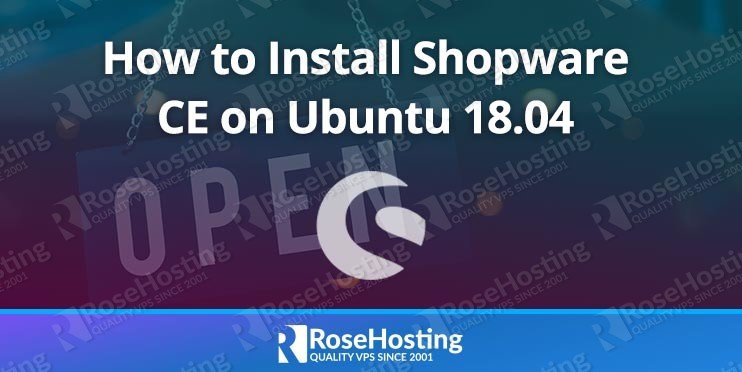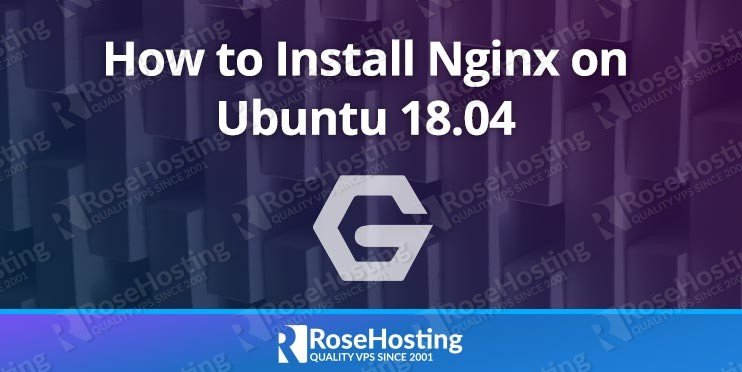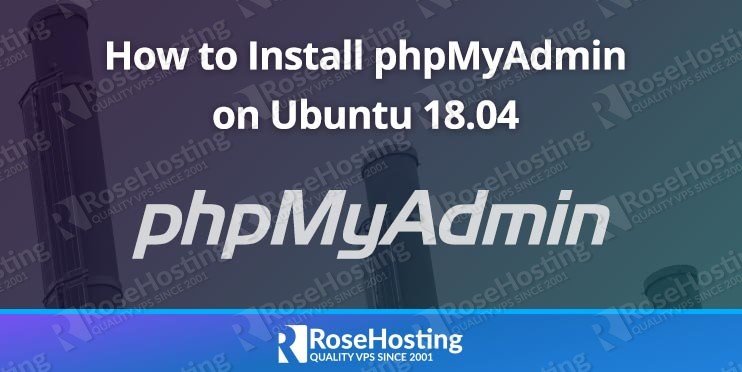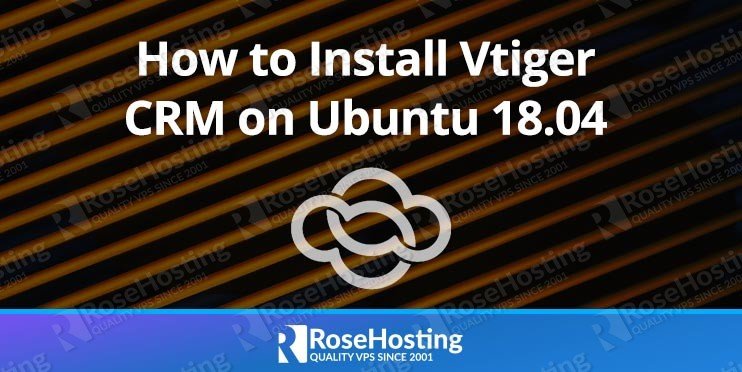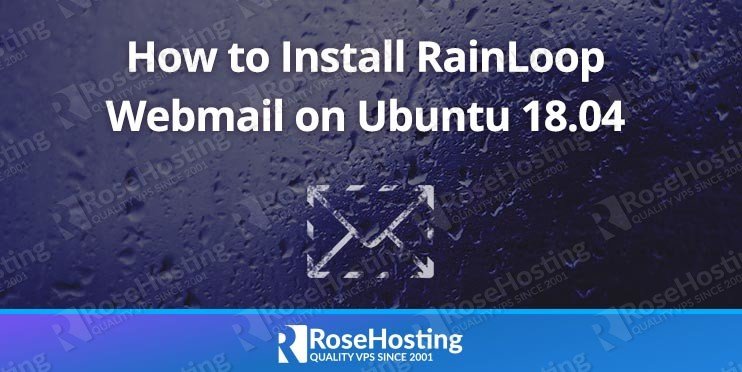Shopware Community Edition is a free and open-source e-commerce application. As an alternative to another e-commerce application, like Magento, Shopware is a complete e-commerce solution – it is a very powerful and flexible application. Shopware is very easy-to-use, and we don’t need to master PHP in order to use it. The application is based on a number of symphony framework components developed in PhpStorm through the core features and its plugins. In this tutorial, we will show you how to install Shopware CE on a VPS running Ubuntu 18.04.
 Jeff Wilson
Jeff Wilson
How to Install Open Web Analytics on Ubuntu 18.04
Open Web Analytics (OWA) is an open-source analytic platform, written in PHP. The main purpose of this application is to analyze and monitor how people use your web pages or applications, which then provides you with analytics data for your website. This application can provide you with a complete analysis of a website or app to let you know exactly how your web pages work, and what needs to be improved on. OWA web analytics is used when you want full control over the analysis of your web pages without using third-party services, such as Google Analytics, Hotjar, OmniConvert, etc. This application also comes with built-in support for tracking websites running on the most popular content management frameworks, such as on our WordPress Hosting and MediaWiki Hosting. In this article, we will show you how to install Open Web Analytics (OWA) on an Ubuntu 18.04 Server.
How To Install Sensu on Ubuntu 18.04
Sensu is an open-source monitoring solution that has the capability to monitor different environments, especially for mixed environments like public, private, and hybrid clouds. Sensu also provides numerous plugins that can be used as what they call “Sensu checks”. These plugins monitor the health of services, server resources, and collect different server metrics from different services. It also provides alerts and notifications.
It is developed using the Ruby language. It utilizes RabbitMQ as the intermediary for the messages, and Redis for data-caching and storage.
How to Install Mezzanine CMS on Ubuntu 18.04
In this tutorial, we will show you how to install Mezzanine CMS on Ubuntu 18.04. Mezzanine CMS is a free and open-source content management system, built using the popular Django framework. It provides an intuitive interface for managing pages, blog posts, form data, store products, along with many other types of content. Unlike other popular CMS applications, all of these functionalities are available by default, without the need to use any additional modules or add-ons.
How to Install Nginx on Ubuntu 18.04
Nginx is a free and open-source high-performance web server. It is also well-known for its reverse proxying, caching, load balancing, and media streaming. Configuring it is made simple, and it has low memory usage. A common misconception is that Apache is easier to use than Nginx – however, Nginx is just as easy-to-use as Apache. In this tutorial, we will show you how to install Nginx on an Ubuntu 18.04 VPS.
How to Install phpMyAdmin on Ubuntu 18.04
phpMyAdmin is one of the most popular and widely-used web-based database management tools on the market. It is a free and open-source PHP application that allows users to manage single or multiple SQL database servers, both locally or on a remote server using a web browser with easy to use graphical user interface. It can be used to handle the administration of MySQL as well as MariaDB databases. You can create, modify, and delete databases or tables, execute SQL queries, manage your MySQL user accounts and privileges, and much more, all from your web browser. Today, we are going to show you how to install phpMyAdmin on Ubuntu 18.04.
We have an updated version of this tutorial – How to Install phpMyAdmin on Ubuntu 20.04
How to Install Vtiger CRM on an Ubuntu 18.04 VPS
Vtiger CRM is a cloud-based Customer Relationship Management (CRM) platform that aids interactions between the company and its customers. It provides an intuitive customer experience and delivers outstanding performance for marketing, sales, and support teams which in return provides better customer retention for the company.
Some of the key features provided by Vtiger CRM:
- Provides API Functionality
- Account & Contact Management
- Customer Support Services
- Inventory Automation
- Reporting and Statistics
- Social Media Integration
- Supports Data Import and Export
Vtiger CRM offers an open-source version of its platform which is supported continuously by communities and developers. It is developed using PHP, and it utilizes Apache as a web server and MariaDB as the database server.
How to Install RainLoop Webmail on Ubuntu 18.04
RainLoop Webmail is a simple, modern, and fast web-based email client. Written in PHP, RainLoop provides an easy way to check your emails using your web browser. It comes with full support of IMAP and SMTP protocols (SSL, STARTTLS), sieve scripts support, integration with Facebook, Google, Twitter, and Dropbox, a multi-level caching system, plugins support, keyboard shortcuts support, and many other additional features.
The installation is quite simple. If you follow our instructions carefully, you can finish the RainLoop Webmail installation in less than 10 minutes. Let’s get started.
